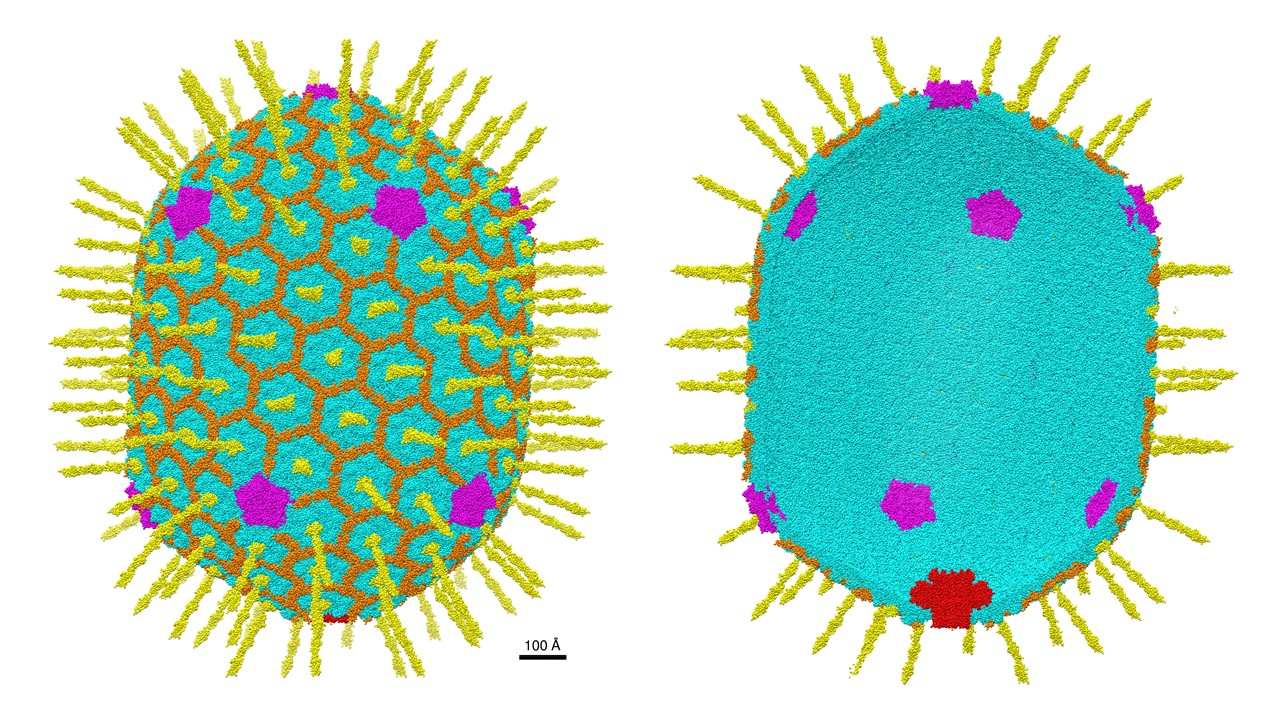Media release
From:
A method of building artificial virus-like vectors capable of entering human cells to perform specific tasks, such as gene editing, is reported in Nature Communications this week. These large-capacity, customisable nanomaterials could be promising future candidates for gene therapy and personalised medicine.
Viruses are efficient biological machines capable of replicating and assembling progeny quickly. Natural human viruses, such as lentiviruses, have previously been engineered to deliver therapeutic DNA or RNA in animals, but these had limited delivery capabilities and several safety issues. Harnessing viral mechanisms by building artificial viral vectors programmed with therapeutic molecules could perform beneficial repairs to help restore human health.
Venigalla Rao and colleagues designed a method of building artificial viral vectors (AVV) using a type of virus that infects bacteria called bacteriophage T4. These AVVs have a large internal volume and a large external surface to program and deliver therapeutic biomolecules. In proof-of-concept experiments, the authors generated AVVs containing protein and nucleic acid cargo to demonstrate their use in genome engineering. The platform was able to successfully deliver the full-length dystrophin gene into human cells in the laboratory and perform various molecular operations to remodel the human genome. Furthermore, the AVVs can be produced inexpensively, at a high yield, and the nanomaterials were found to be stable for several months.
Although further work needs to be done to assess its safety, this method holds promise for future use in the clinic to treat many human diseases and rare disorders, the authors conclude.
Multimedia




 International
International


